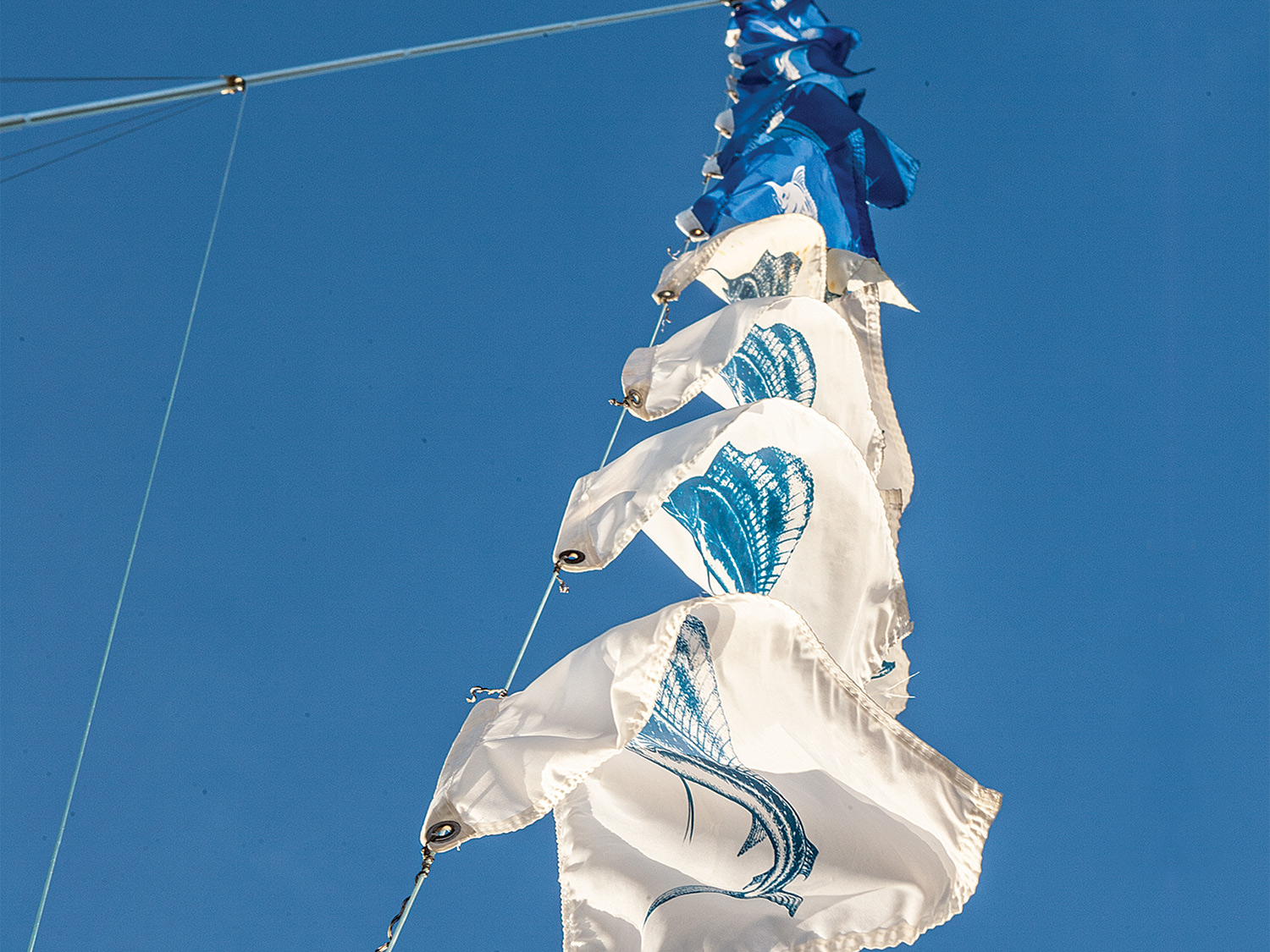Article Courtesy: marlinmag.com | Originally Published: 5/26/2022 | Click here for original article
Piling Up the Numbers
Am I just getting old and possibly overanalyzing these old and new billfish fisheries? It seems that someone finds a new place to fish, and then we all go there to get better at catching these tricky marlin and sailfish. We get pretty good at it, and the numbers go sky-high. I remember Venezuela and the big numbers of white marlin we caught in the 1980s—it did not take long for those numbers to decline. Yes, we were using J hooks and gut-hooking far too many, but the fishing pressure itself took its toll. In the late ’80s, the northern end of the Pacific coast of Costa Rica was the hotspot, and the numbers of billfish caught each day were crazy in places like Flamingo. Now, everybody has moved farther to the south, and you do not hear of many big numbers from the northern end. And seems that the southern side down toward Panama is also starting to decline, even though there are still a lot of boats out there fishing for them every day. The blue marlin fishing on the seamounts has slowed down considerably too—are we putting too much pressure on them as well?
Now, with the striped marlin fishing off the charts at Magdalena Bay, will we see that fishery decline over the next 10 years from the increased pressure? We know that circle hooks are helping fish to survive better than the old days, but what are the long-term effects? By contrast, Guatemala has a much smaller fleet of boats, and its sailfish fishery seems to be consistent year over year. The area has even added a few more blue and black marlin releases than usual over the past five years or so.
I will admit that if I were still out there fishing every day with my peers, my view would probably be different, and I would be trying hard to put up some big numbers too. I think as we get older, we know ourselves a lot better.
The next question I usually get asked is, “Where is the next hotspot?”
That is a good question to ponder, especially because sharks have become a serious problem in many destinations. The first time I had heard about the shark problem was with the black marlin on the Great Barrier Reef in Australia decades ago. Then it was the blue marlin on the North Drop off the Virgin Islands. Now it’s with the yellowfin tuna fishery off North Carolina and in the Northeast. The Bahamas has its problems too—the bull sharks are even following boats back to the docks to eat the fish carcasses they throw in the water.
When we use heavy tackle, we “suspend” those struggling marlin, and it attracts sharks. When I was fishing ultralight tackle, I never had a marlin eaten that I knew of. We would fight a marlin for hours off St. Thomas, and just when you thought the marlin turned into a shark, the marlin came up jumping. With ultralight tackle, the marlin could still get away from the sharks that were chasing it.
I understand the shark-finning problems by the international longline fleet out in the middle of the oceans because sharks do play an important part of the balance of nature, but it looks like we should consider reopening this fishery at some point in the future.
This article originally appeared in the April/May issue of Marlin.






